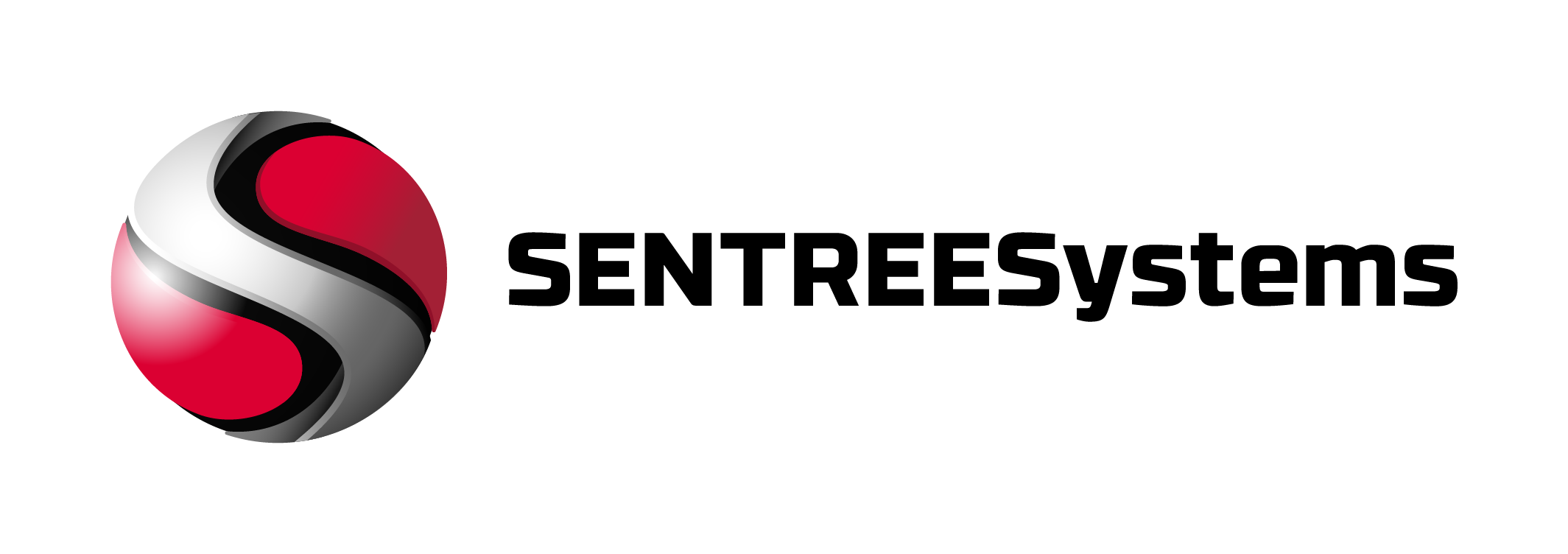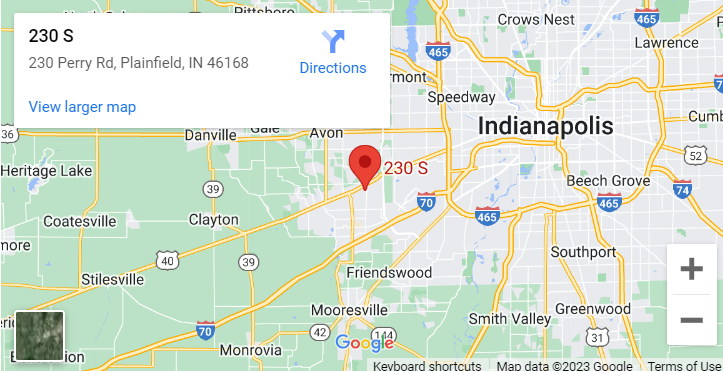Social Engineering – The Real E-Terrorism?
One evening, during the graveyard shift, an AOL technical support operator took a call from a hacker. During the hour long conversation the hacker mentioned he had a car for sale. The technical support operator expressed an interest so the hacker sent him an e-mail with a photo of the car attached. When the operator opened the attachment it created a back door that opened a connection out of AOL’s network, through the firewall, allowing the hacker full access to the entire internal network of AOL with very little effort on the hacker’s part.
The above is a true story and it is an excellent example of one of the biggest threats to an organisation’s security – social engineering. It has been described as people hacking and it generally means persuading someone inside a company to volunteer information or assistance.
Examples of techniques employed by hackers include:
Unobtrusively observing over your shoulder as you key in your password or PIN.
Calling helpdesks with questions or being overly friendly
Pretending to be someone in authority.
Social engineering attacks can have devastating consequences for the businesses involved. Accounts can be lost, sensitive information can be compromised, competitive advantage can be wiped out and reputation can be destroyed.
By implementing some simple techniques you can reduce the risk of your organisation becoming a victim or, in the event that you are targeted, keep the consequences to a minimum.
Make sure that all staff, especially non-IT staff, are aware of the risk of social engineering and what to do in the event of such an attack.
Conduct regular security awareness training so that all staff are kept up to date with security related issues.
Implement a formal incident reporting mechanism for all security related incidents to ensure there is a rapid response to any breaches.
Ensure that the company has security policies and procedures in place, that all staff are aware of them and that they are followed.
Put an information classification system in place to protect sensitive information.
Conduct regular audits, not only on IT systems but also on policies, procedures and personnel so that any potential weaknesses can be addressed as soon as possible.



